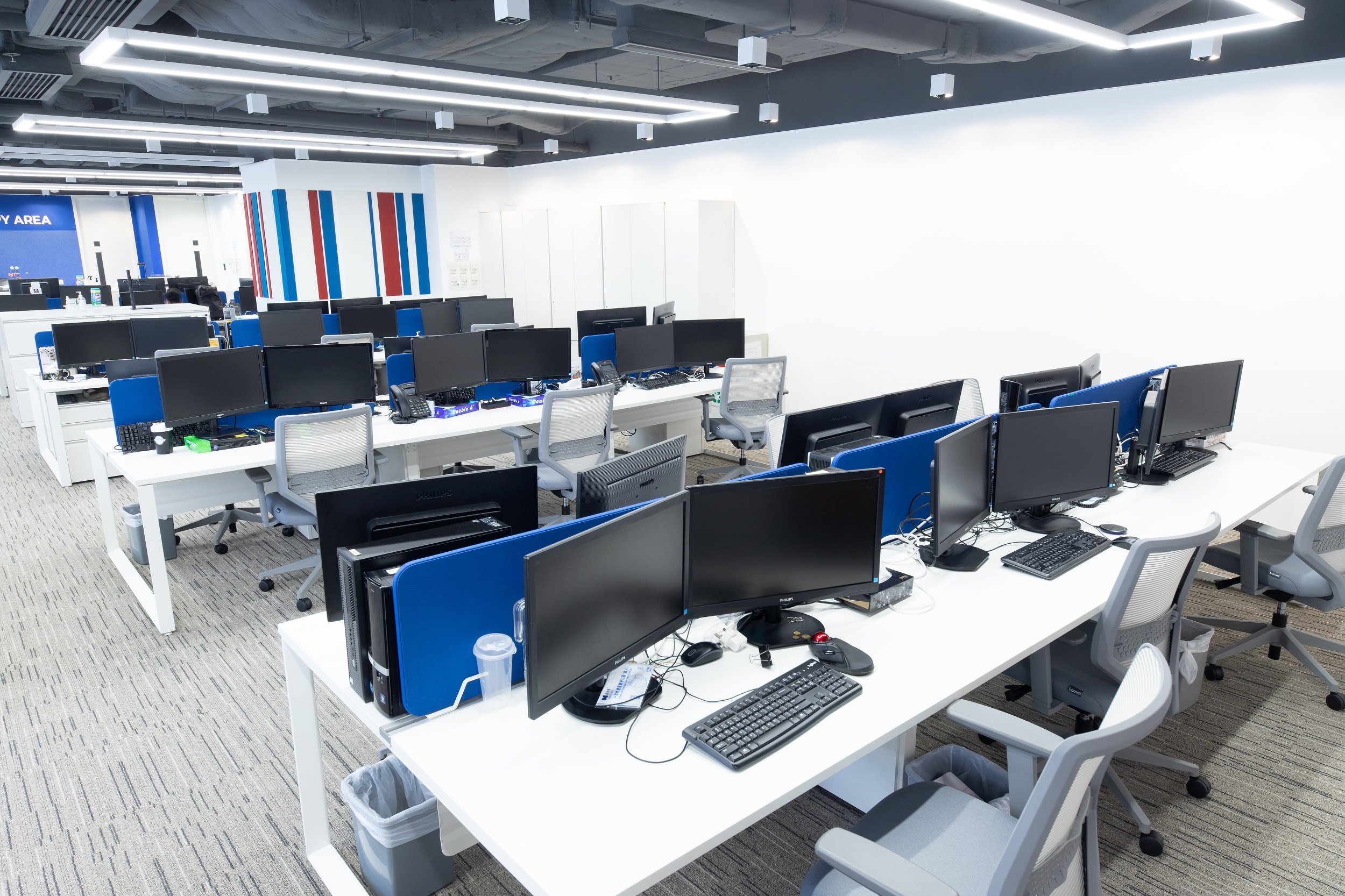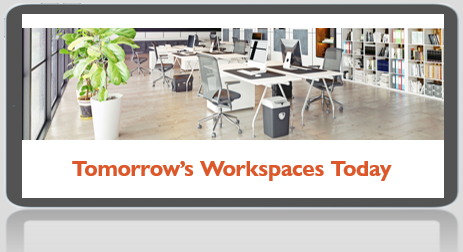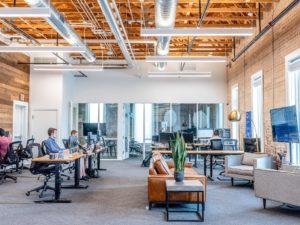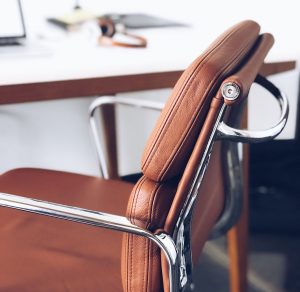What are the short and long-term workplace trends in a post-Covid world?
There are many factors that influence trends in the modern office spaces design and workplace culture, so planning for life after Covid-19 is no easy task for businesses that want to look ahead in 2021.
What is most complicated for employers is working out what new trends in the workplace environment are temporary, and perhaps stay in place for only a few months as people adjust, and which will be around for the long term.
Talking to clients across all sectors, a picture is starting to build of what are some of the short and long term trends and how it might look further down the line.
Short-term
The hygiene screens
A screen to shield computer users from their colleagues, and to prevent germs spreading from one workstation to another, is pretty much number one on the list for all businesses. We can expect to see them in offices across the city.
Spacing between desks
We are seeing a lot of businesses remove desks to increase space – but many are putting those desks in storage rather than throwing them away. It suggests they see the current re-design as a temporary measure.
Working from home
There have been a lot of articles already about the death of the office, suggesting more and more people will work from home in future having done so without problems during the social-distancing curbs.
However, not all businesses share that prediction. Many believe that homeworking will stay for the remainder of the year but will morph into flexible working after that – an environment in which people spend some time in the office and some at home.
We have heard of companies that want to end their lease and either move somewhere smaller or even do without an office long term. However, the advice in the industry is not to be too hasty giving up space. Let things settle down and see how it pans out. We believe the office will be back.
Closure of collaborative and creative workspace
On-trend workspace design until now was aimed at introducing areas where people would meet and collaborate in the office. Small pods, for instance, where there was a big screen and a cosy atmosphere to inspire ideas and creativity. That’s going to change. It’s certainly gone for this year. But don’t bank on it disappearing all together. Some designers believe people’s attitudes will change within a year and once we can give our family members a hug, people will feel more confident in the office, providing Covid-19 is under control.
Long-term
The end of hotdesking
We’ve spent many years getting everyone used to agile working and hotdesking, but with one eye permanently on the next pandemic it’s hard to see that trend surviving.
Many businesses may go back to a much more fixed position. Unless you have a cleaning regime in which every keyboard and every mouse is cleaned every few hours, then agile working does not work in the current conditions.
Ironically, it could also save the big office – because it means businesses do still need the footprint to incorporate all those desks. If a company has 5000 employees and wants 2000 of them in the office, there will need to be space.
Protecting against future pandemic through design – and location
When businesses go through tough times, they inevitably plan to ensure they can survive future upheavals. This happens in recessions, for instance, when companies centralize and de-centralize. When they are growing, they all want to be in the City offices. When things crash, they migrate out to cheaper destinations.
Crucially, businesses remain liable for the health and safety of employees even when they work outside of the office. We have seen major clients allowing staff to purchase home office setups and claim this back.
Related stories
Six countries, 1200 respondents: Our new 2025 research survey suggests open-office orthodoxy is making the post-COVID workplace less palatable than ever. What can be done about this?
Around half of all Facilities Managers plan to downsize their office space in the next three years. How, and why?
In our recent article, “Is it time for offices to get personal again?” we discussed the importance of personal workspace environments for productivity and morale. There’s another aspect office designers and facilities managers need to address urgently: technology. Modern workplaces face a particularly post-COVID conundrum: Employees finding their home setup better equipped, and more comfortable, […]
The open office was sold as the modern solution to just about any workplace problem for decades now: siloed workers? Open them up (literally) to collaboration. Bad communication? Put everyone in a big room. Worried about productivity? Create a vantage point. And so, walls came down, spaces opened up, and collaboration was supposed to flourish. […]































